Forest warrens and lodges earn protected status
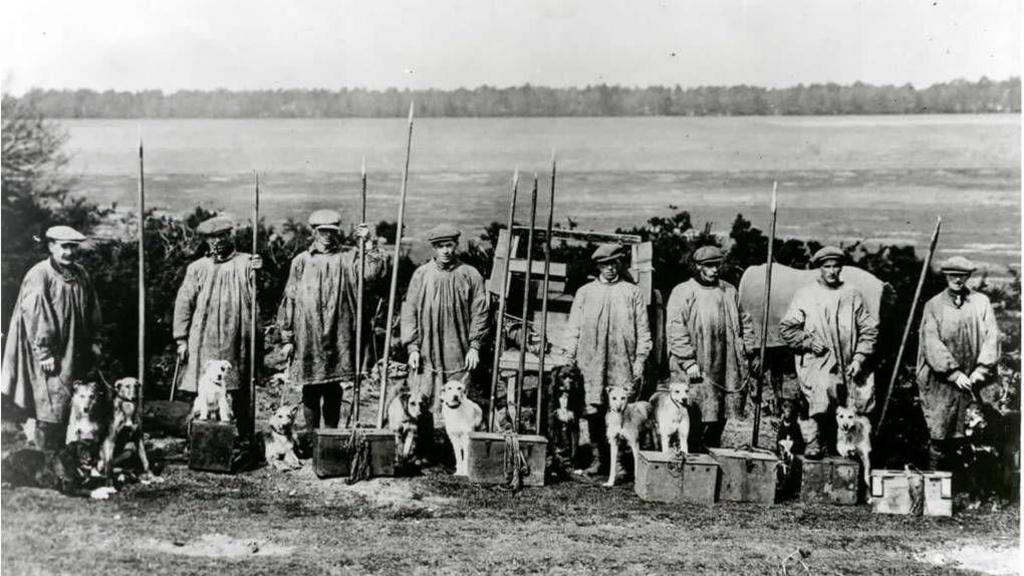
Breckland warreners - or rabbit catchers - at work in Thetford
- Published
Rare rabbit warrens and lodges located deep in a forest have been awarded protected listed status by Historic England.
The five Scheduled Monuments in Thetford Forest, on the Norfolk/Suffolk border, are evidence of the land set aside for the breeding and management of rabbits.
The warrening landscape of Breckland is the largest of its kind in the country, managed and protected by Forestry England.
Caroline Skinner, of Historic England, said: "They are a ghostly reminder of a high-status industry that once dominated the local landscape."
In the medieval period, only those of manorial rank were allowed to keep or eat rabbits - and wear their fur.
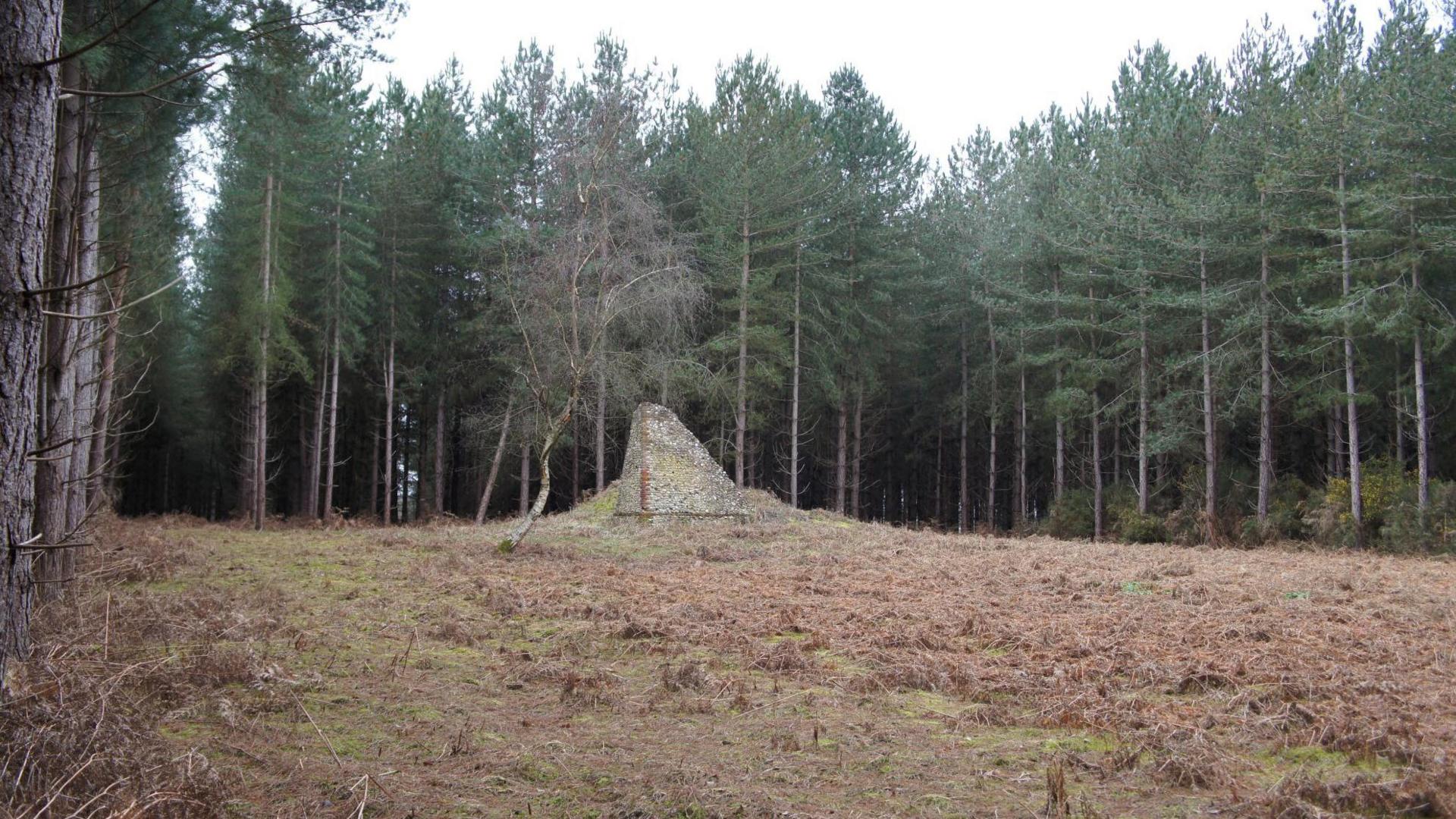
Ickburgh Warren Lodge in Thetford Forest is a Scheduled Monument
Rabbits were once highly prized, with the same exclusive protection as the pigeons in a lord’s dovecote.
First introduced by the Normans, they became established in the Brecklands in Norfolk from the 1270s onwards.
It was thought the dry climate and sandy soil replicated the rabbits’ native Mediterranean habitat.
Adults were referred to as "coneys" and the young were "rabbetts", Historic England said.
Many were owned by monasteries and once the monks had taken their own supply, the coneys were sold on the open market.
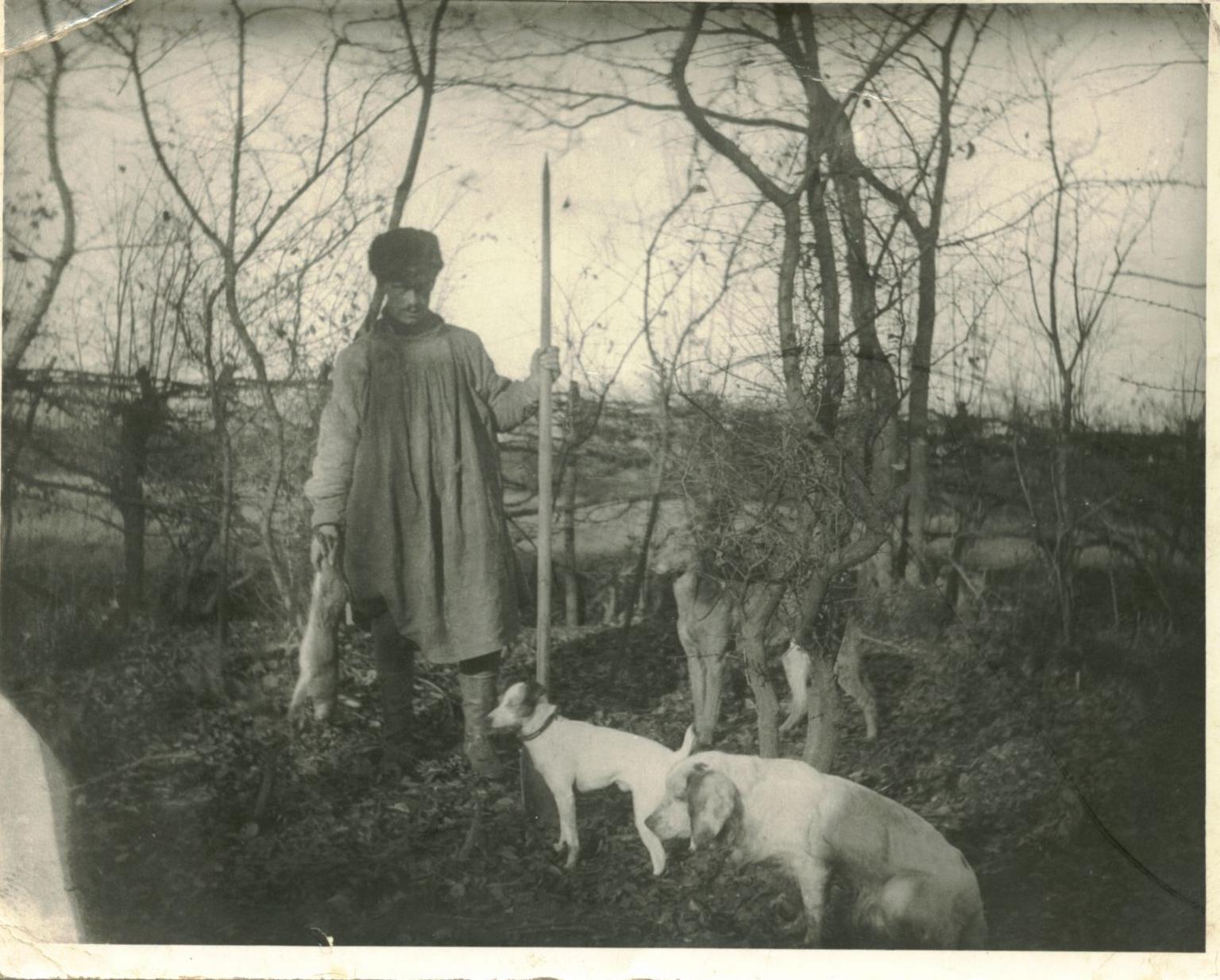
A warrener pictured with his highly-prized coney catch
At larger warrens, a lodge provided living accommodation for the warrener, whose job it was to nurture, protect and trap the rabbits.
The lodges provided storage for trapping equipment and carcasses - and a lookout and defence against poachers.
In the 19th Century, the annual cull on many of the Breckland warrens ran to over 20,000 animals, with the meat being sent to London and to the Cambridge colleges, as well as to local markets.
Factories in Brandon and Thetford processed the rabbit fur into felt, for use in the hat industry, with exports as far afield as South America.
The use of warrens declined with agricultural changes in the 19th and 20th centuries.
The planting of Thetford Forest from the 1920s by the Forestry Commission conserved the warren banks and lodge sites beneath the trees.
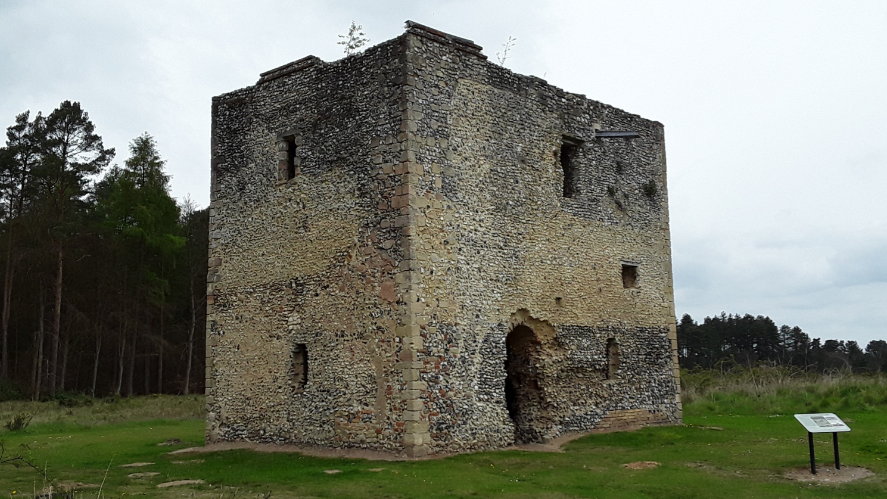
Grade II* listed Thetford Warren Lodge was one of the largest and most economically successful warrens established in Breckland during the medieval period
The landmarks are under the care, management and protection of Forestry England.
In research undertaken by the Breckland Society and Friends of Thetford Forest, external, 26 warrens were identified in an area north from Barton Mills to Brandon, and east to Thetford.
Ms Skinner added: “Protecting these rare structures helps to ensure that the agricultural history of East Anglia can be discovered and understood.
"We’re grateful to the volunteers at the Friends of Thetford Forest for their painstaking research which helps us to appreciate these remarkable places.”
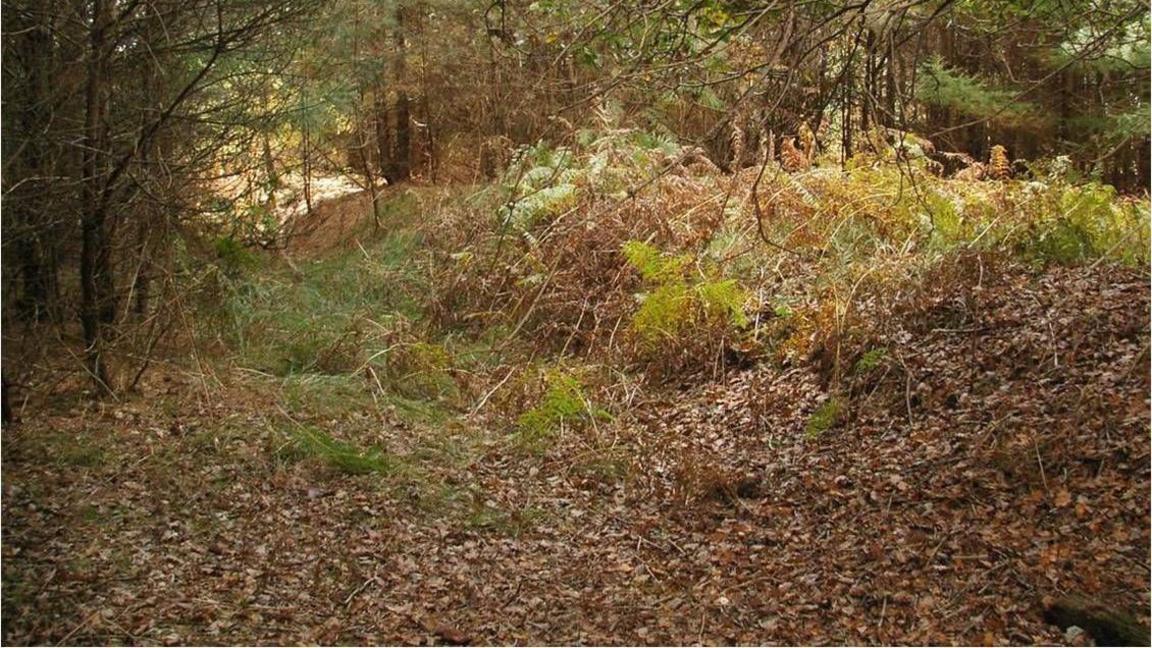
The undulating Breckland warrens in Thetford Forest
Anne Mason, who chairs the Friends of Thetford Forest, said: “From my very earliest days researching the warrens, in the 2000s, I realised that the banks and lodge sites were very important survivals of an industry which has vanished from the landscape.
"I’m absolutely delighted that there is now a legal framework in place to protect these Breckland warrens which are part of our heritage.”
Got a story? Email eastofenglandnews@bbc.co.uk, external or WhatsApp us on 0800 169 1830